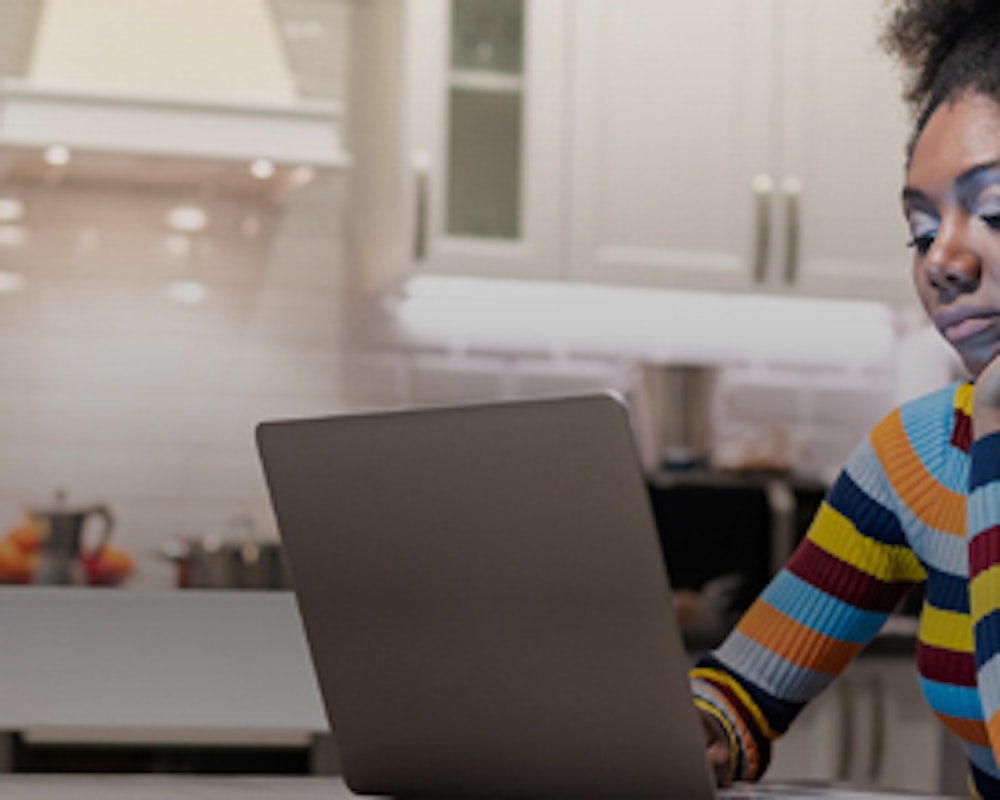
Teaching for Liberal Learning in Higher Education: Pandemic Edition
The COVID-19 pandemic has placed a big question mark on the continued viability of higher education’s most cherished ideals. What will happen to liberal education if students can’t meet face-to-face in the classroom, develop in-person relationship
June 11, 2020
The COVID-19 pandemic has placed a big question mark on the continued viability of higher education’s most cherished ideals. What will happen to liberal education if students can’t meet face-to-face in the classroom, develop in-person relationships with faculty mentors, attend events in common, engage in high-impact practices like study-abroad or community engagement, or live together on or near campus? However, while experiences that foster and strengthen liberal education may be temporarily on pause, liberal learning can still go on.
My recent ebook, Teaching for Liberal Learning in Higher Education (AAC&U 2020), was sent to press just before COVID-19 struck, but its main point remains relevant today. While liberal education is best nurtured through the whole college experience, liberal learning can and should be fostered in each of its parts. Regardless of the topic or role that a course or experience plays in the larger curriculum, it can be taught in ways that do (or do not) contribute to students’ “breadth of outlook, a capacity to see connections and hence, an ability to make fundamental decisions and judgments.” The key, from this perspective, is teaching one’s subject matter—whatever the level, discipline, or specific course goals—in ways that encourage and enable students to become able and self-aware thinkers as well as active and ethical participants in the course and beyond.
Faculty need not be on their own in the search for teaching practices that advance liberal learning. Thanks to the revival of interest in college-level pedagogy over the past twenty or thirty years, there’s a growing body of work that can help faculty decide on the best ways to engage students and support their learning. Many kinds of scholarship underlie what many now call “evidence-based” teaching. My recent ebook focuses on four lines of inquiry emerging from that work that can inspire and inform faculty who wish to explore teaching practices that can engage a broad range of students in liberal learning—how faculty teach, how students approach learning, teaching and learning in and across the disciplines, and encouraging academic engagement.
Yet what about the extraordinary circumstances we find ourselves in today? What would a “pandemic edition” of that ebook add to the picture? Of course, it could draw attention to the technical literature that explores the ways and means of remote teaching and learning, lively debates about the virtues and vices of different platforms for synchronous and asynchronous instruction, and vigorous exchange about what texts, materials, and activities might best meet a wide range of learning goals.
I was in a conversation with a physicist a couple of weeks ago about the options his colleagues are considering for lab courses for the fall. This is in a department that recently redesigned its lab curriculum to include more open-ended, project-based labs, and they don’t want the crisis to push them back to the procedural “cookbook” lab direction.
These departmental (and cross-departmental) conversations are key. Yes, it’s important for faculty to have resources and support to make the best use of the options available for online learning or differently configured face-to-face settings. But the principles of good teaching have not changed, and the pandemic offers an opportunity for faculty to think carefully about their courses—their goals, activities, assignments, assessments—in ways they often haven’t had to before. This is a time when the imagination of one’s departmental colleagues, who have already been thinking creatively about teaching and learning, can really come to the fore.
The stress, dangers, and general human cost of this pandemic on faculty, students, and staff are tremendous. Yet the changes faculty have to make now need not be merely for the moment. As another faculty member said in our conversation, “We can see the development and preparation we are doing as a way to develop high-quality material that can then be used in future years. So, there’s also an opportunity to think of this as, ‘We’ve got to do it anyway. Let’s use it as a place to re-envision the way we do undergraduate instruction.’”
Teaching for Liberal Learning in Higher Education: The Pandemic Edition would not have to be all that much different from the original. What I would add is that because of the pandemic, pedagogy is no longer such a stranger in higher education’s midst. It may have come unbidden and perhaps unwelcomed, but it is here. The “teaching commons” is now a bigger and hopefully better place. And with good work and goodwill, liberal learning will emerge in the long-term as more robust, equitable, and widespread.